Clinical Audit of Nursing Practices for Pressure Ulcer Prevention
VerifiedAdded on 2023/06/16
|16
|1546
|439
Report
AI Summary
This assignment focuses on the prevention and management of pressure ulcers, commonly known as bed sores, within healthcare settings. It highlights the importance of optimal care standards due to the prevalence of pressure ulcers in patients with long-term illnesses or immobility. The report covers the background of pressure ulcers, their causes, and methods of evaluation, including the Braden Scale and AHRQ guidelines. A mixed-method clinical audit was conducted, involving interviews with patients, nurses, and family members, along with online questionnaires and case note reviews. Data analysis included percentage calculations, mean and median mode analysis, and thematic analysis of interview transcripts. The study emphasizes the need for knowledge translation in nursing practices to improve wound care and reduce the occurrence of pressure ulcers, particularly in patients receiving long-term or palliative care, advocating for the use of evidence-based practices like the Braden score to assess risk factors.
1 out of 16
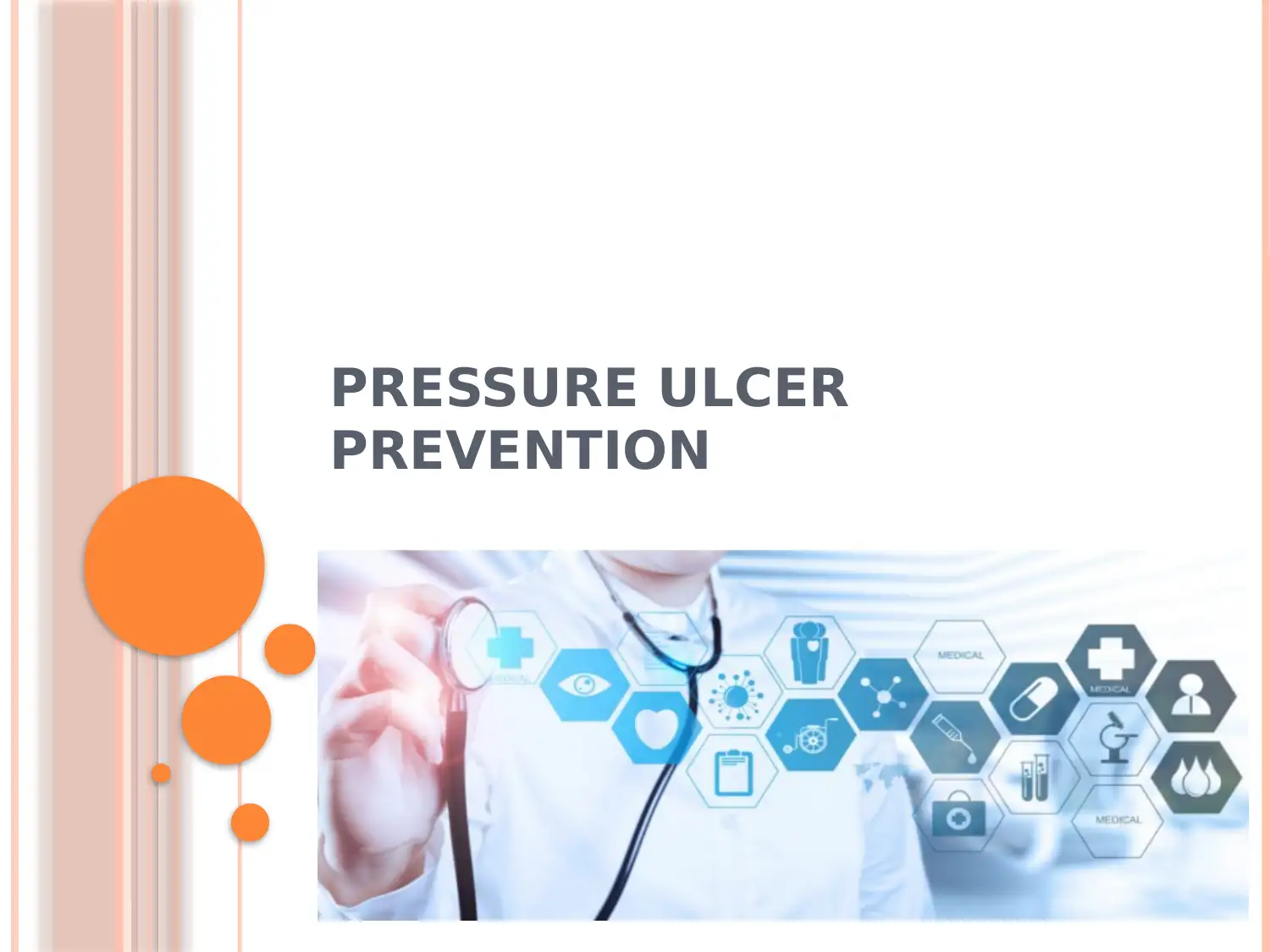
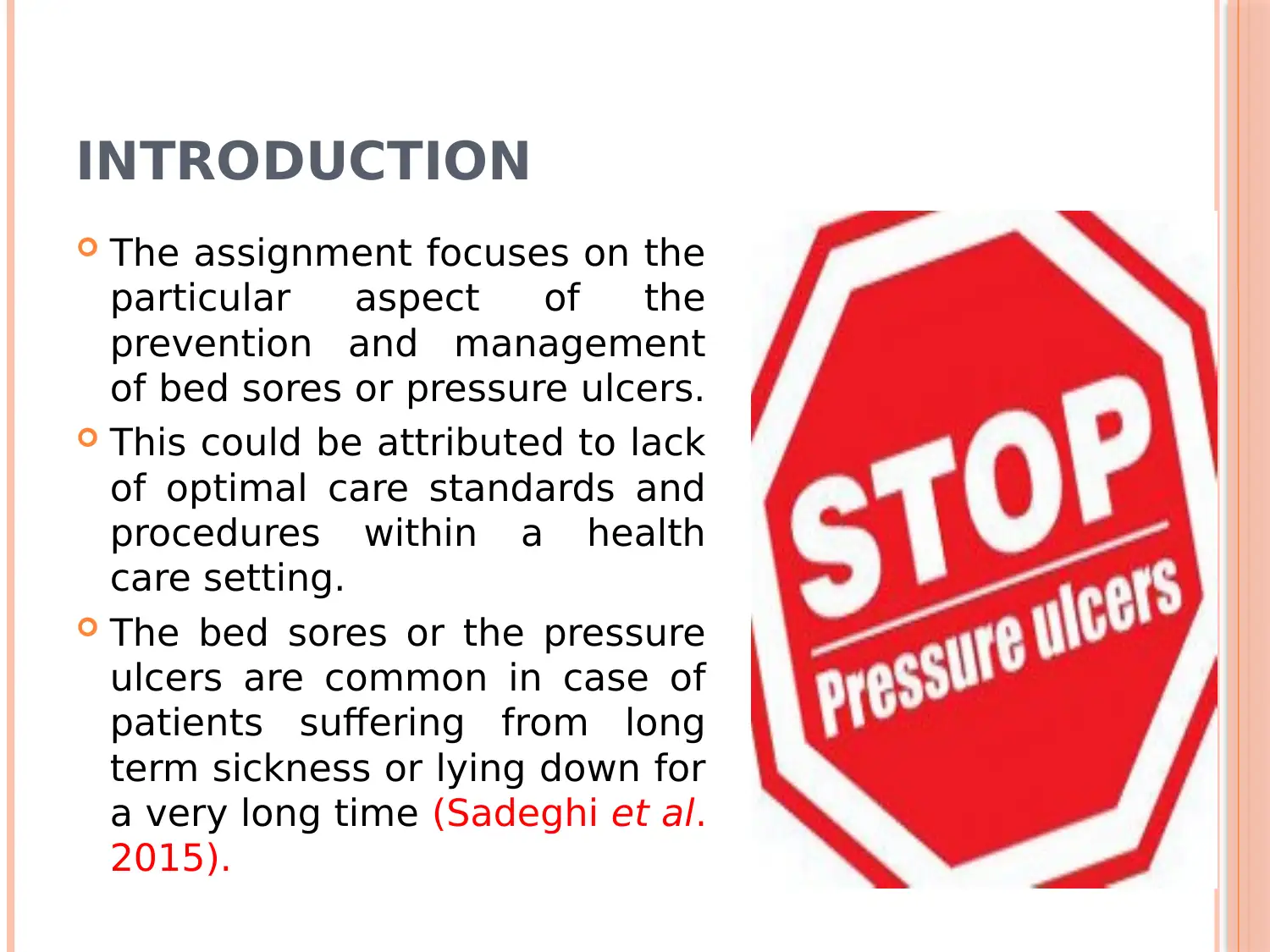
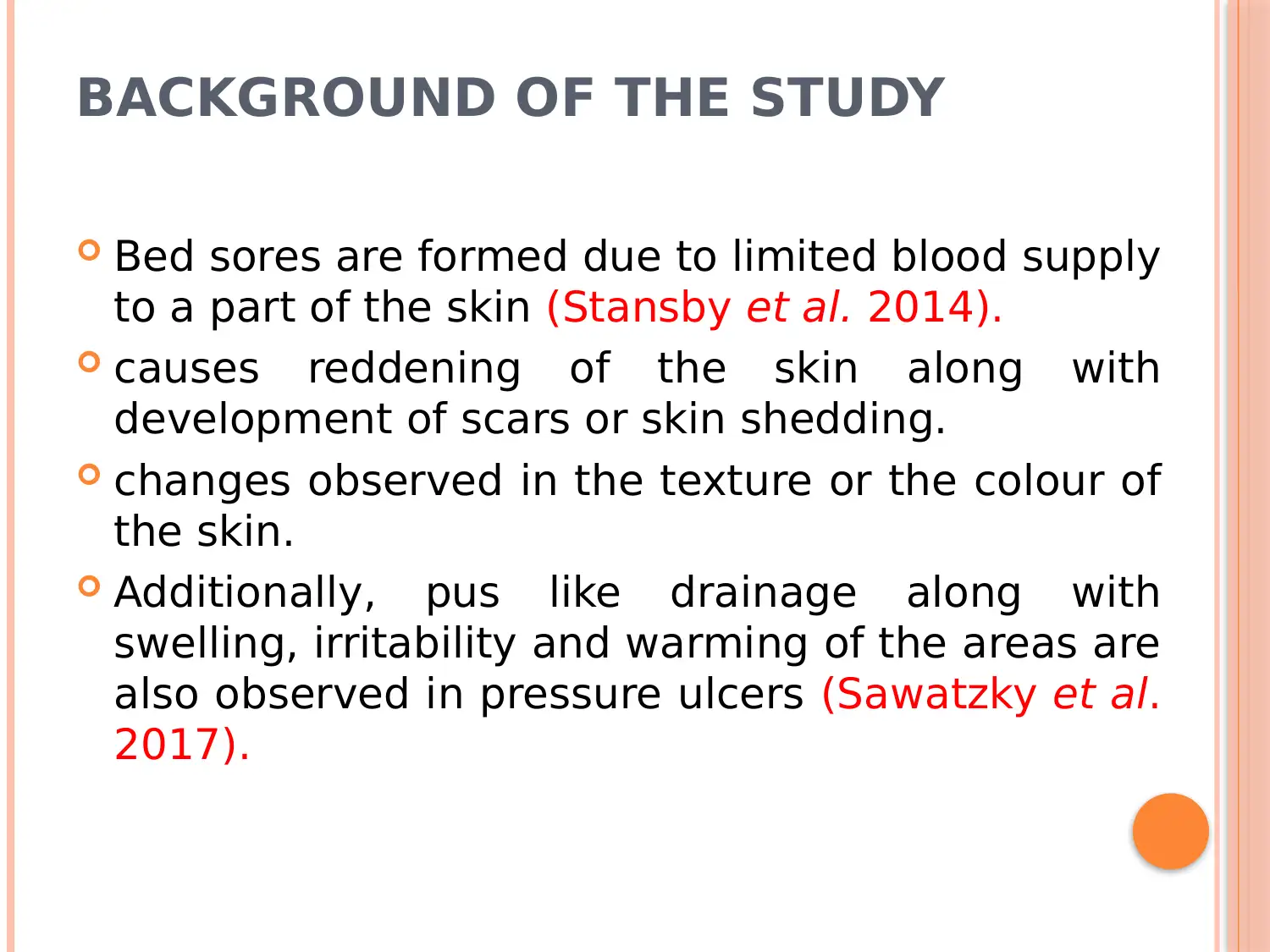

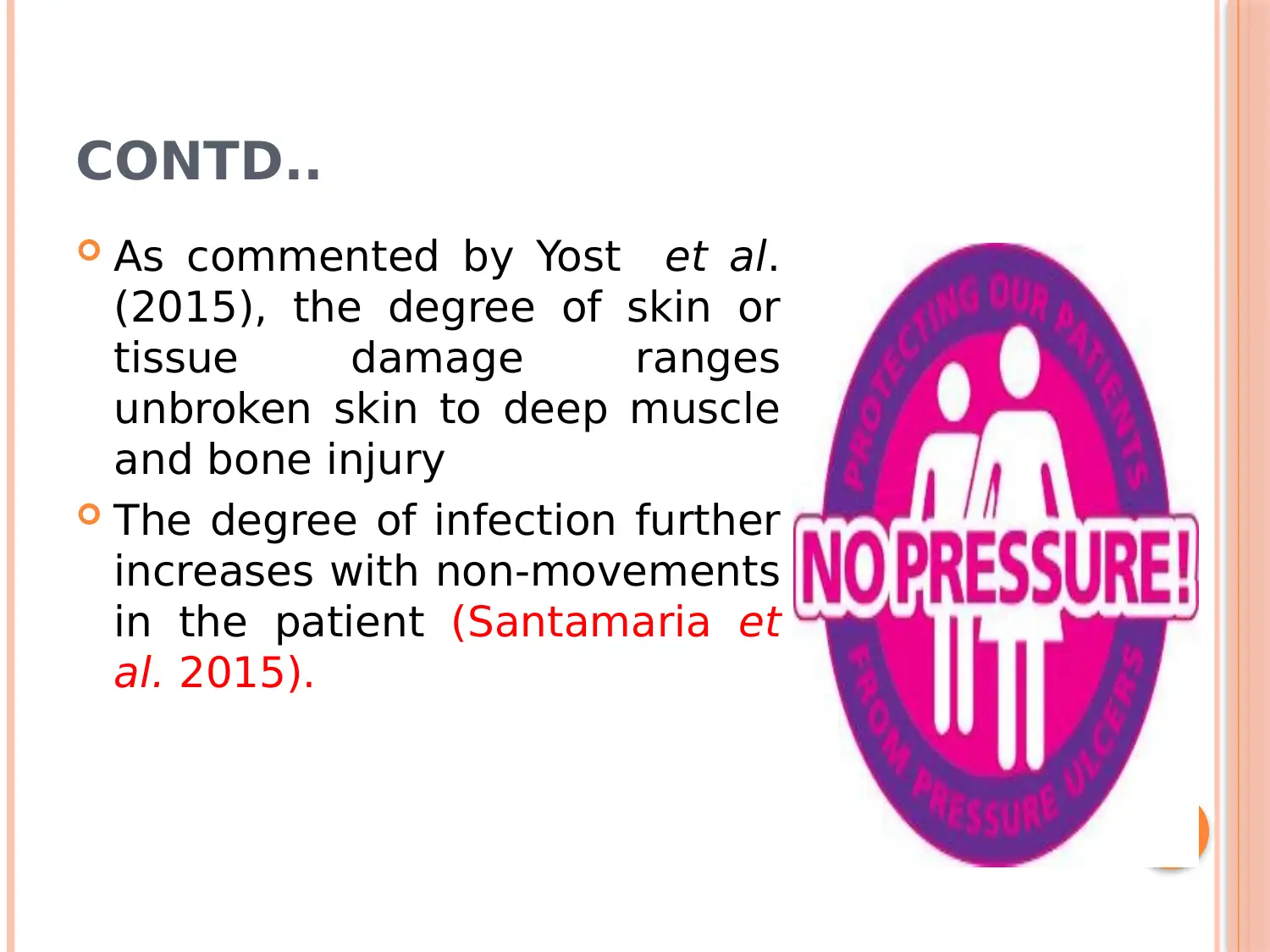
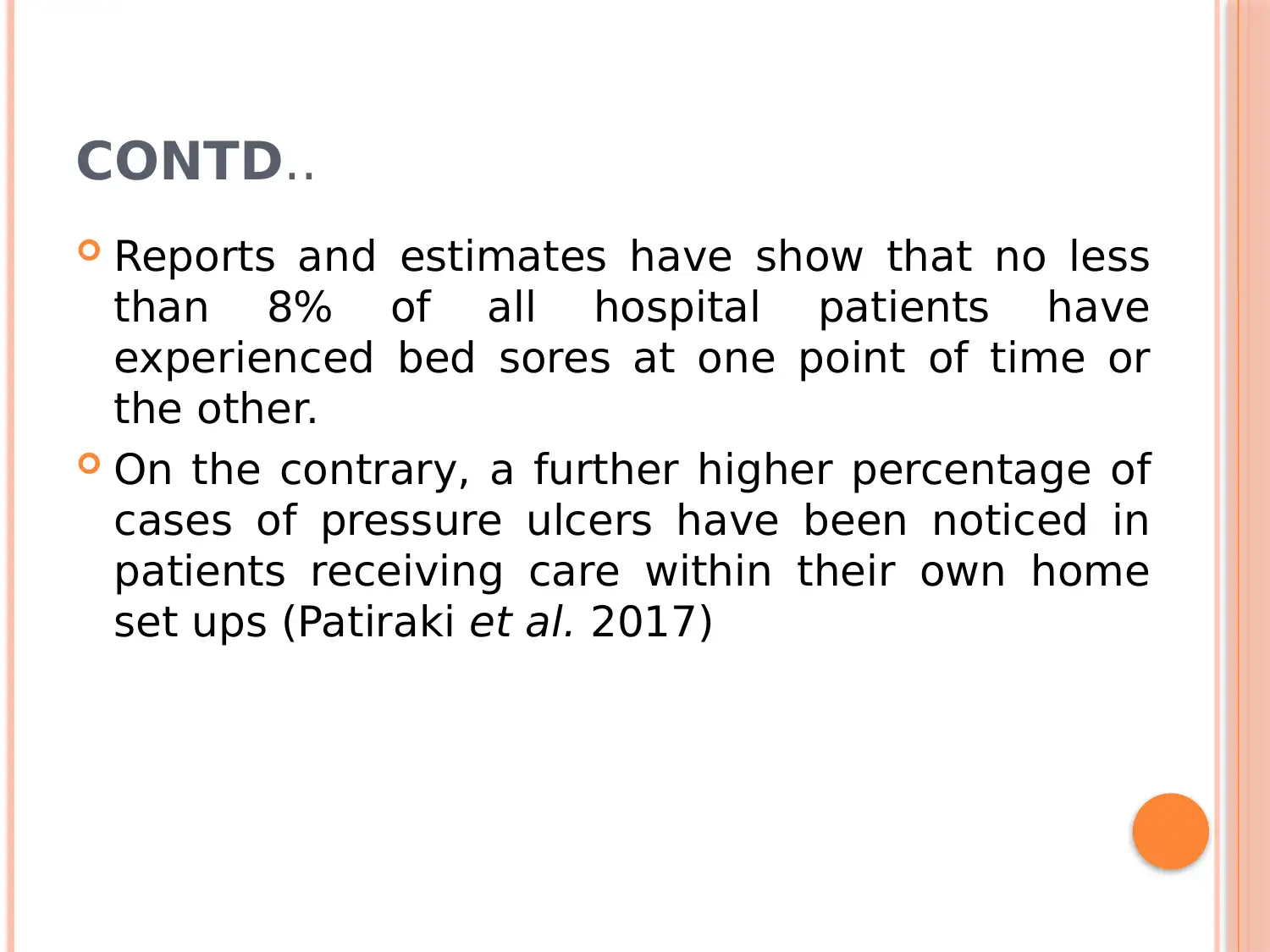
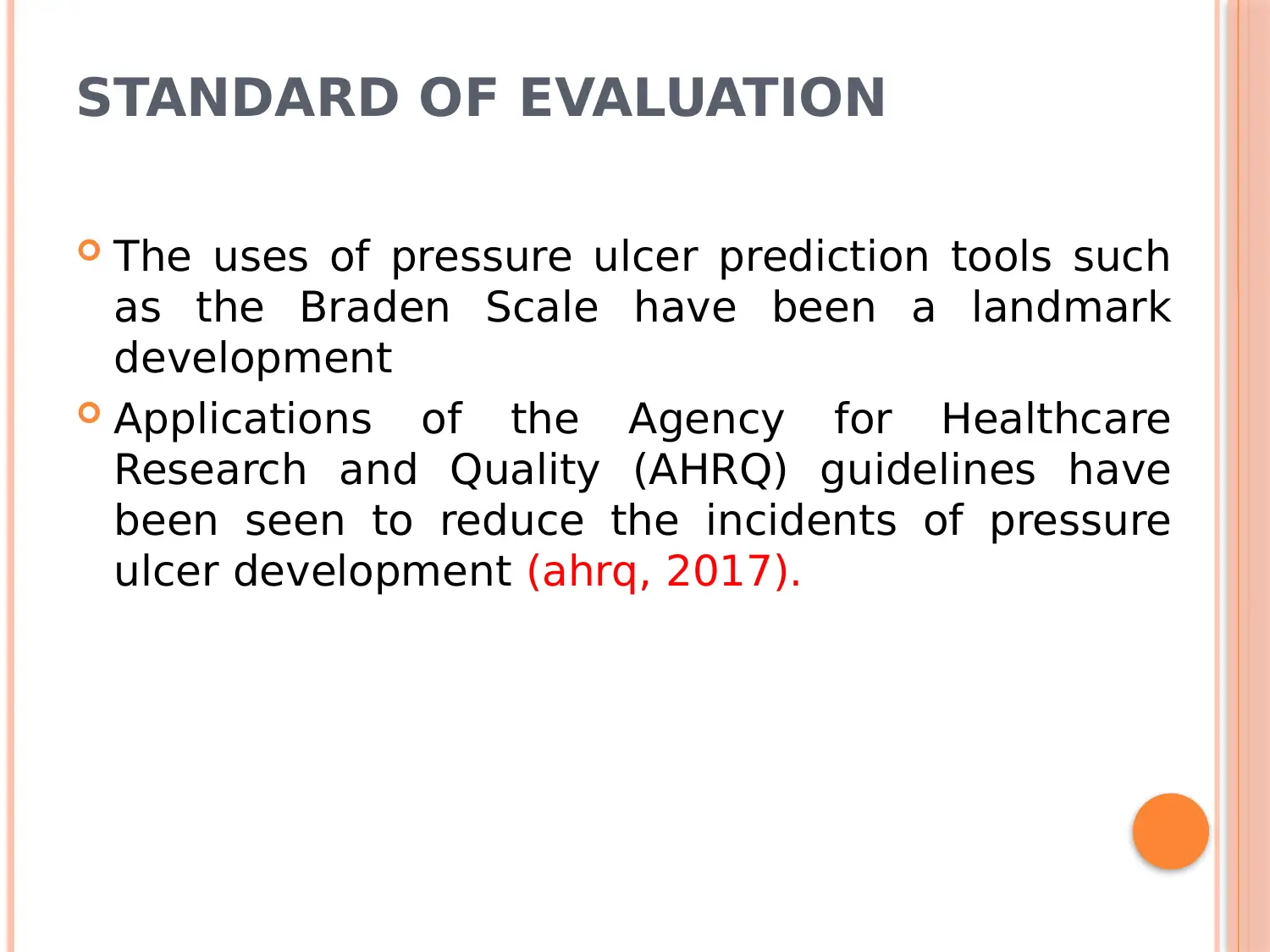
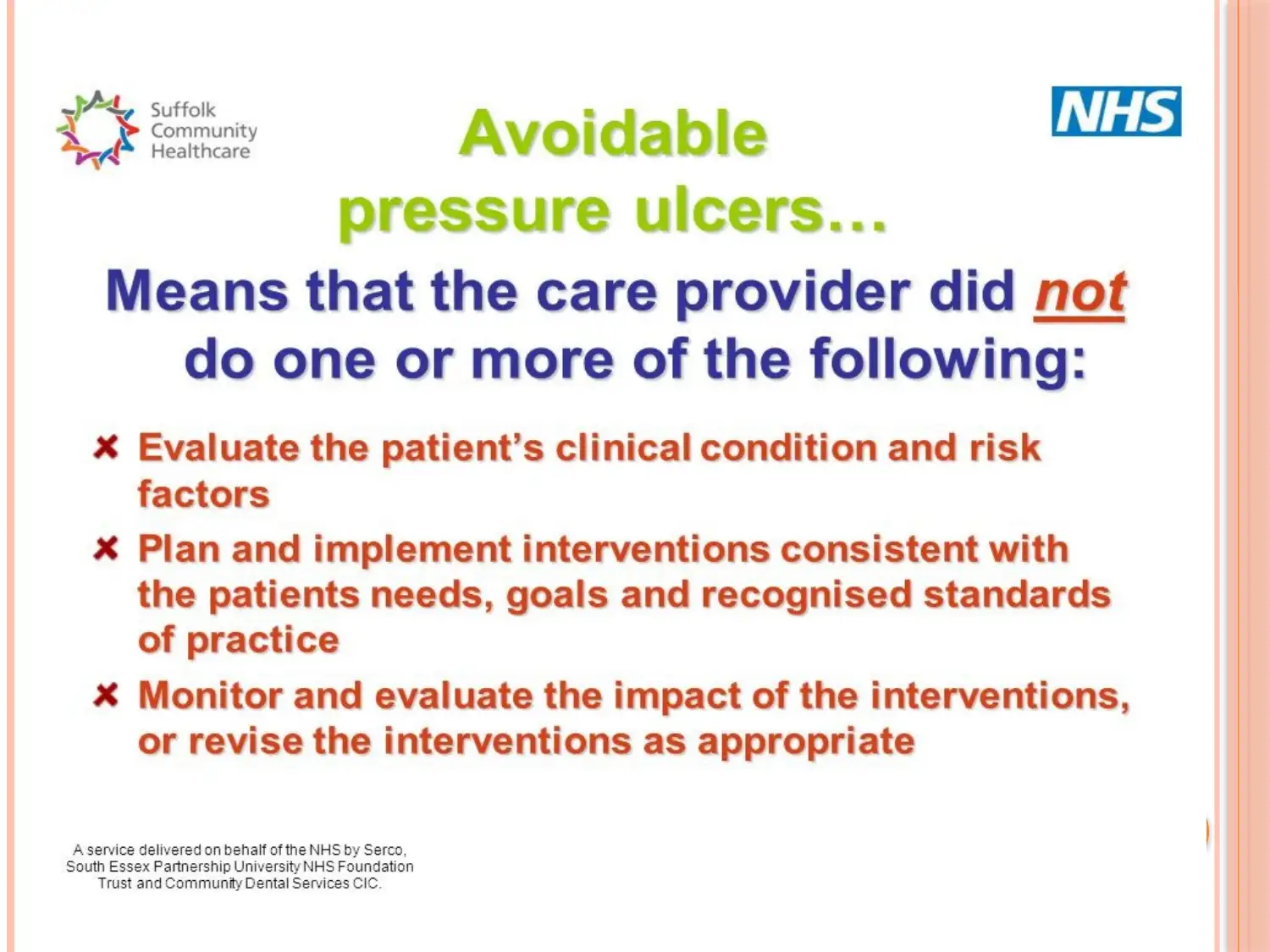
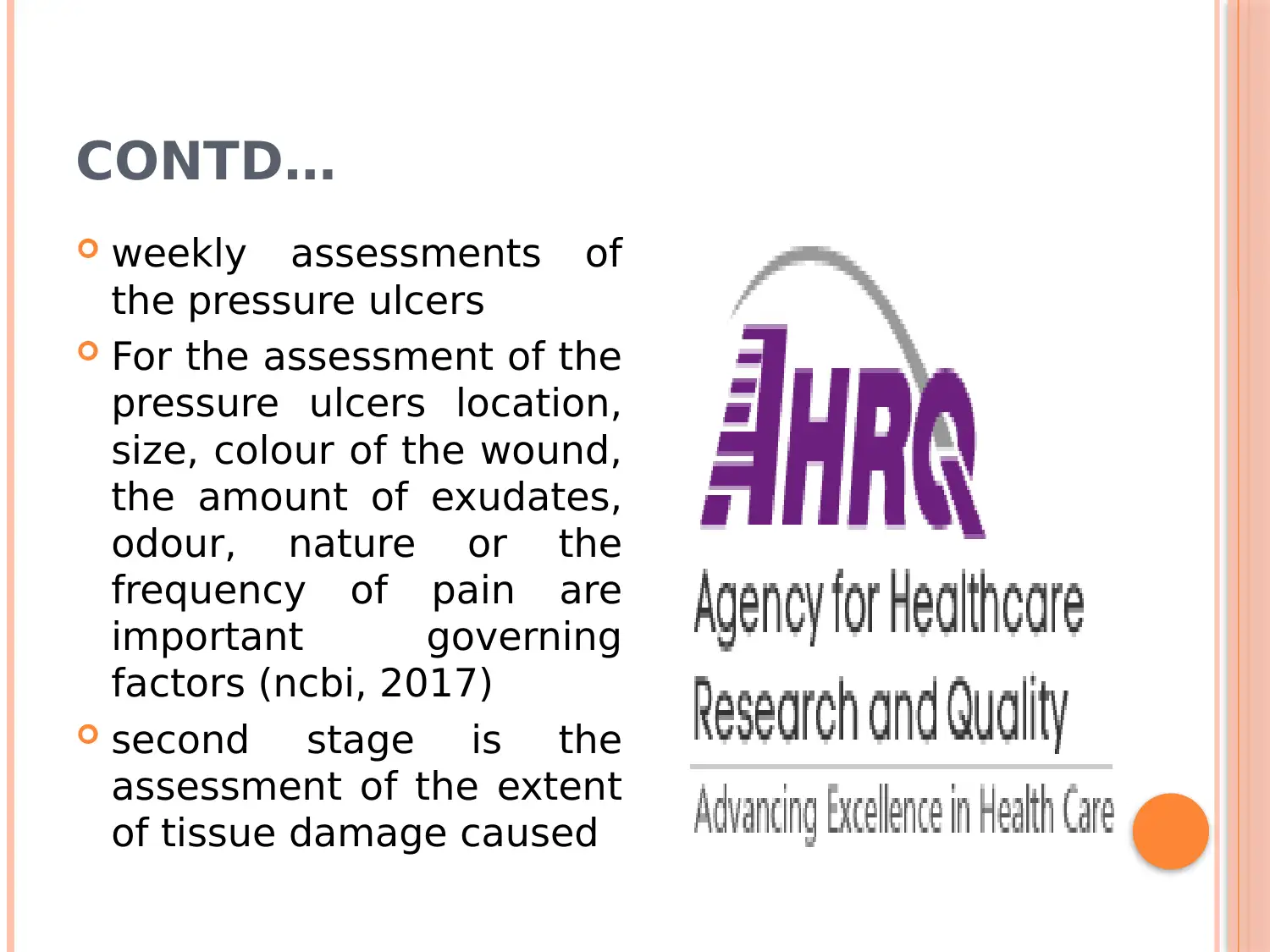
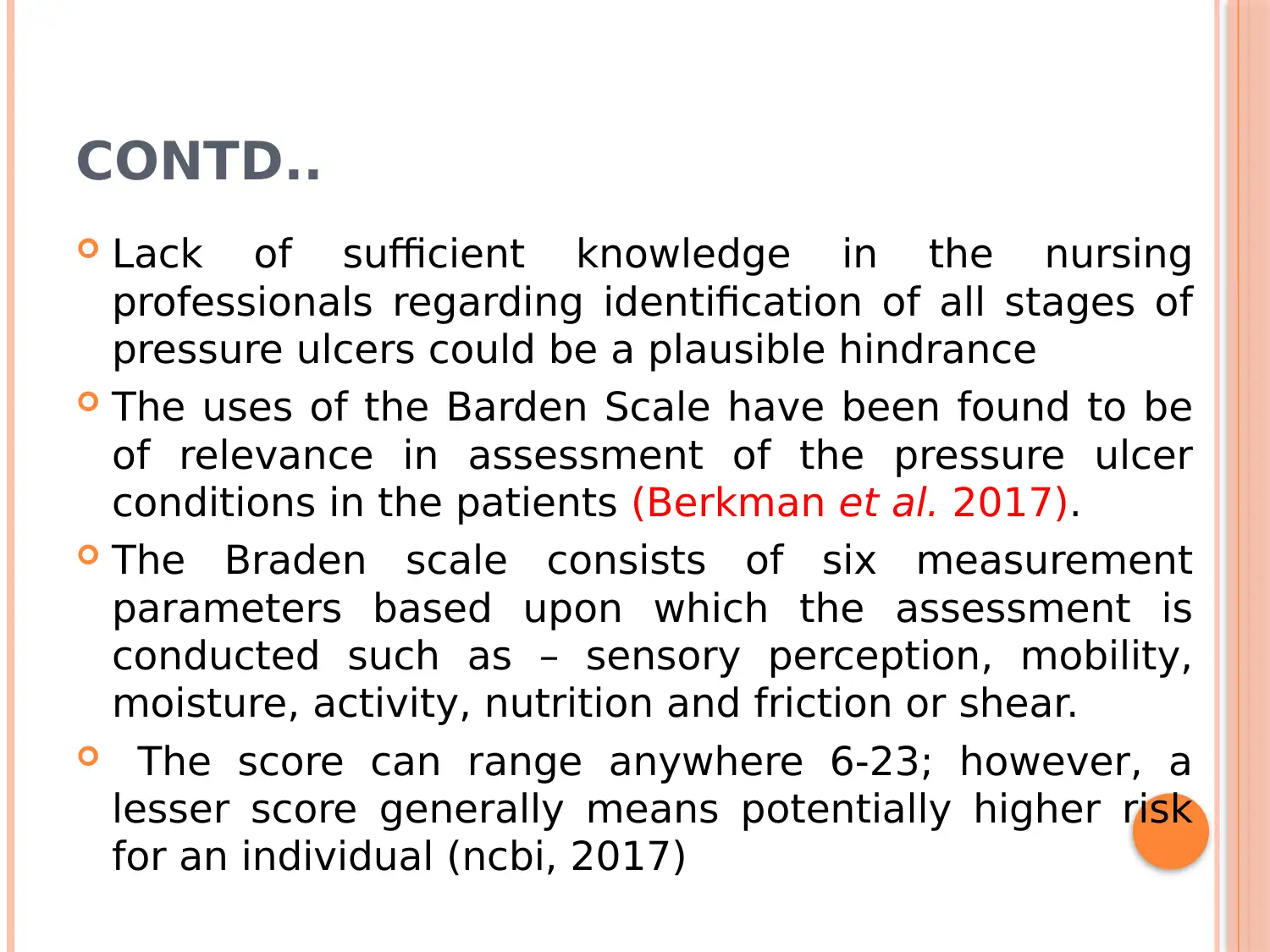
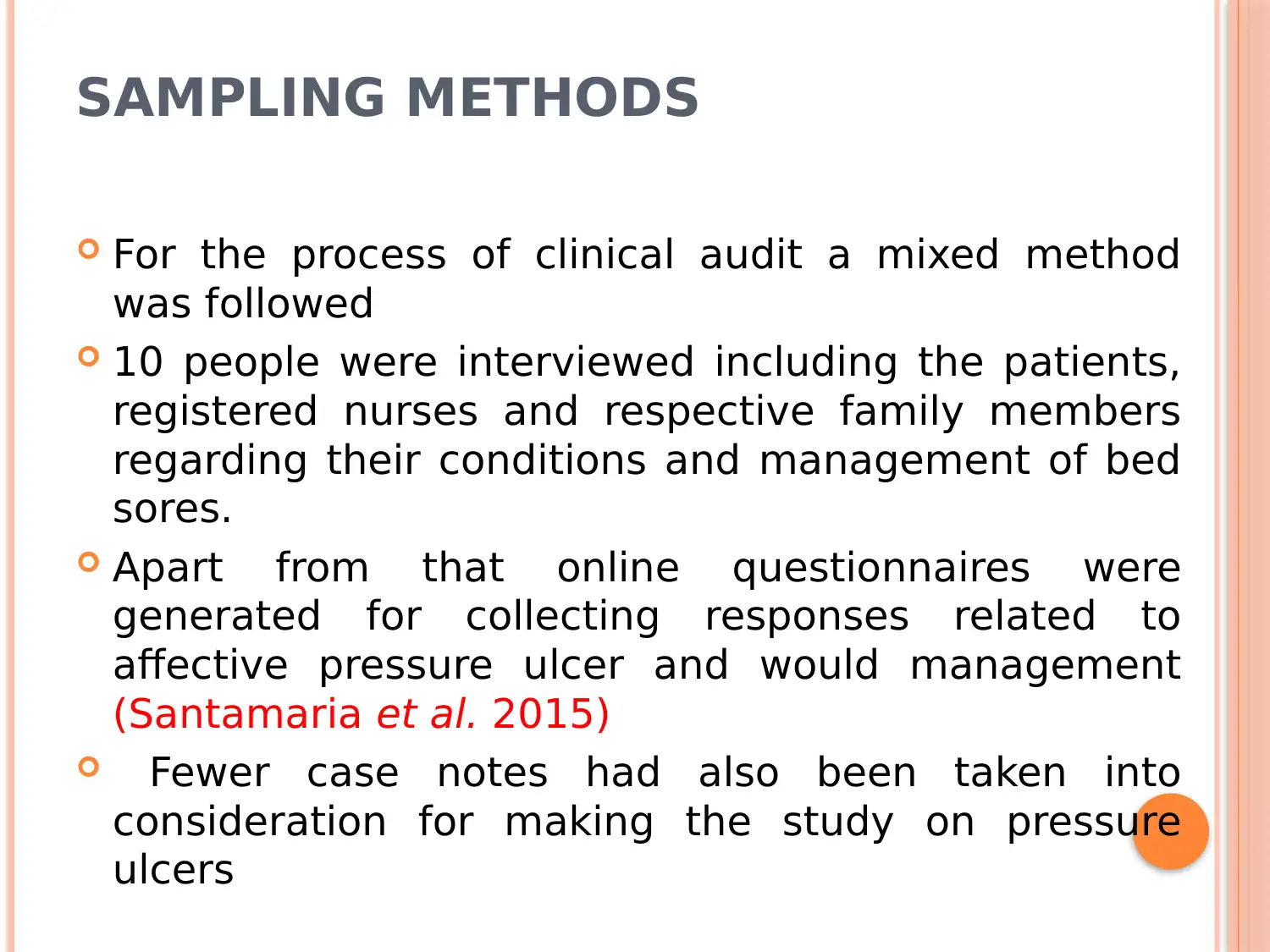
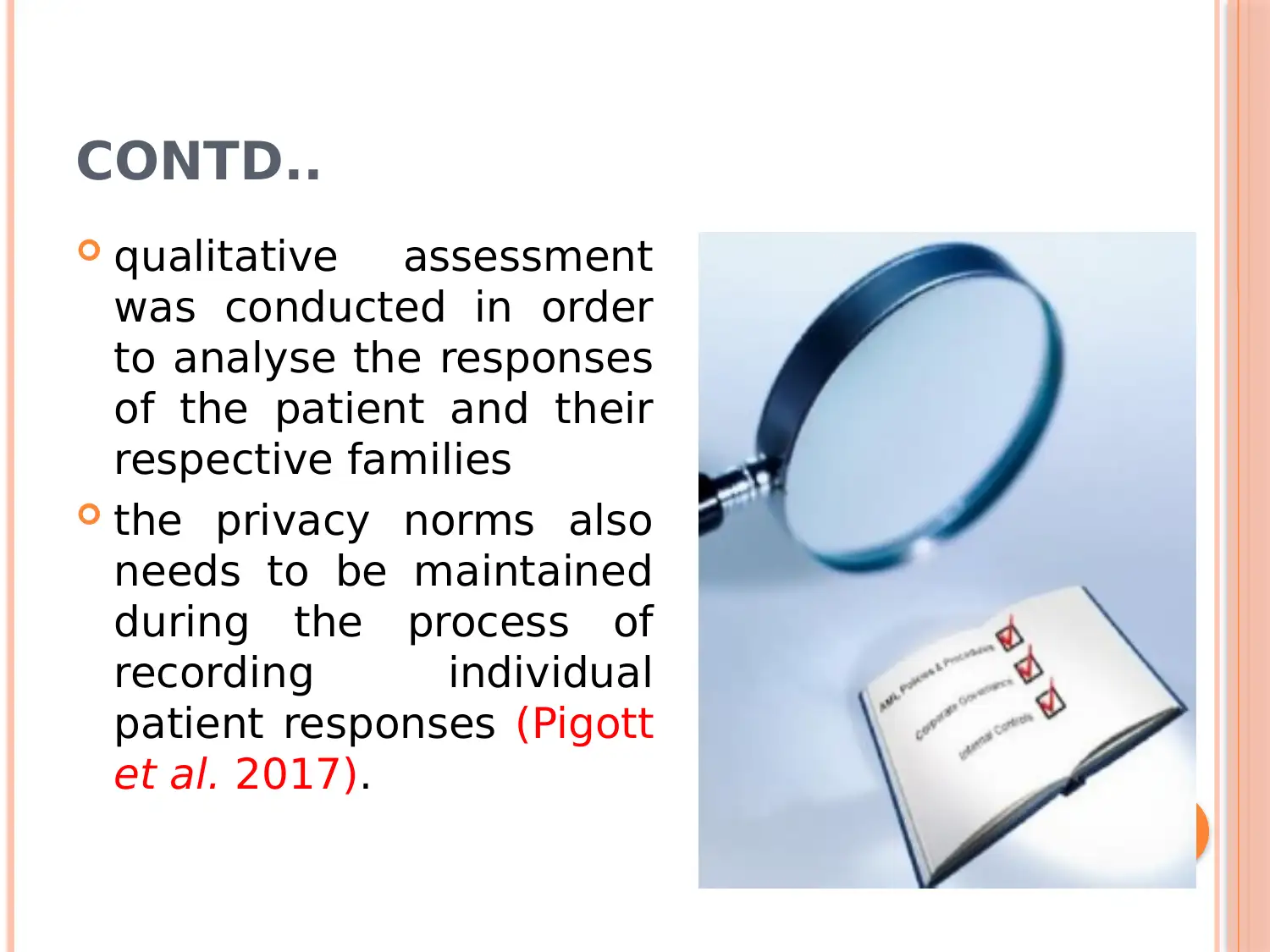
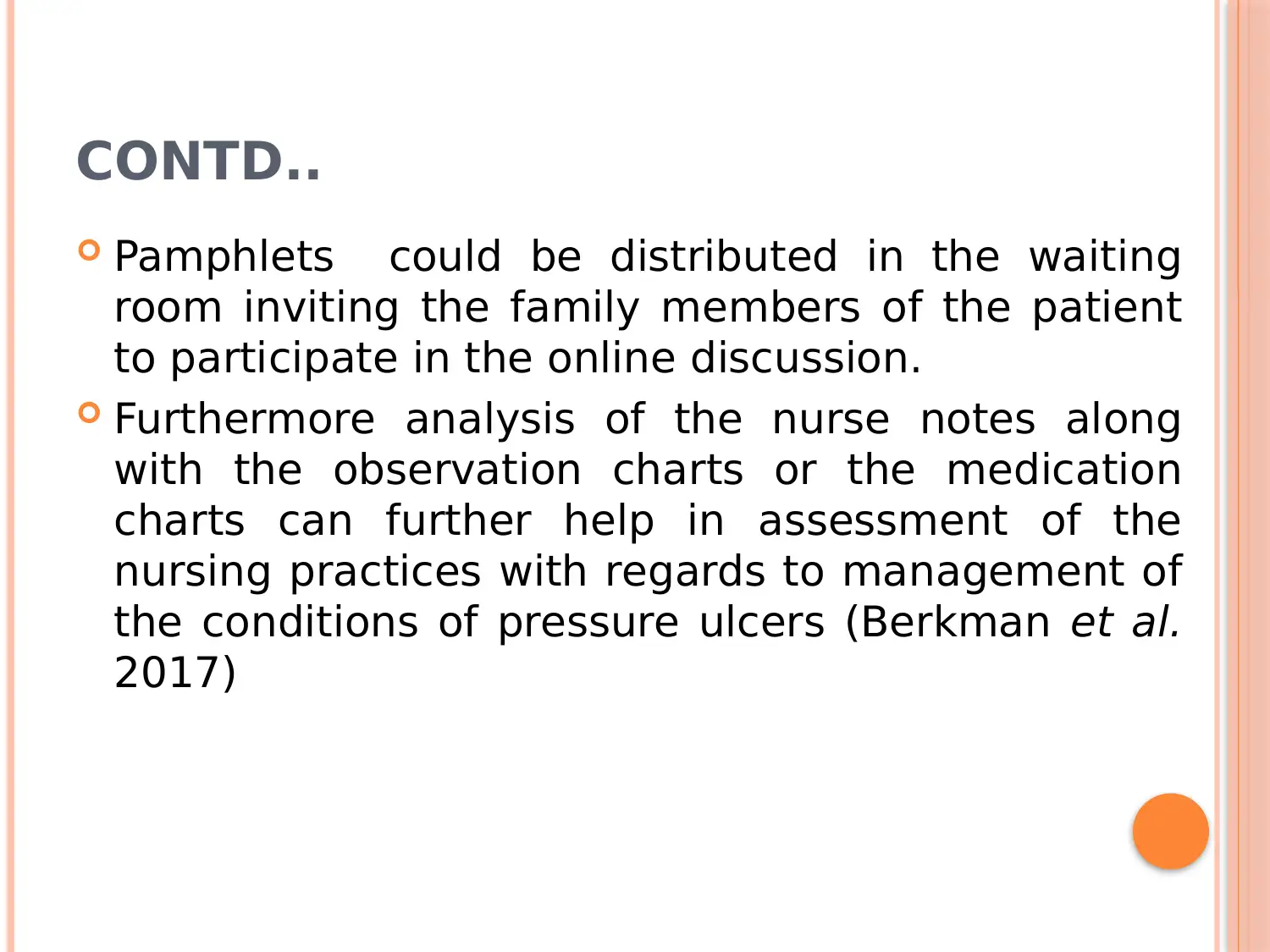






![[object Object]](/_next/static/media/star-bottom.7253800d.svg)